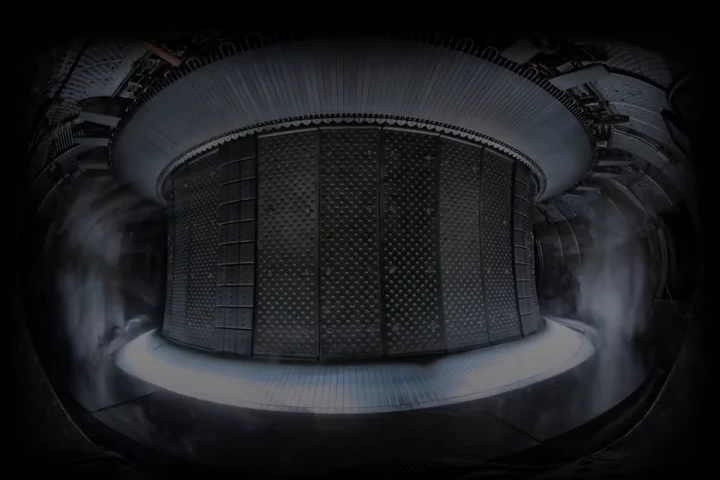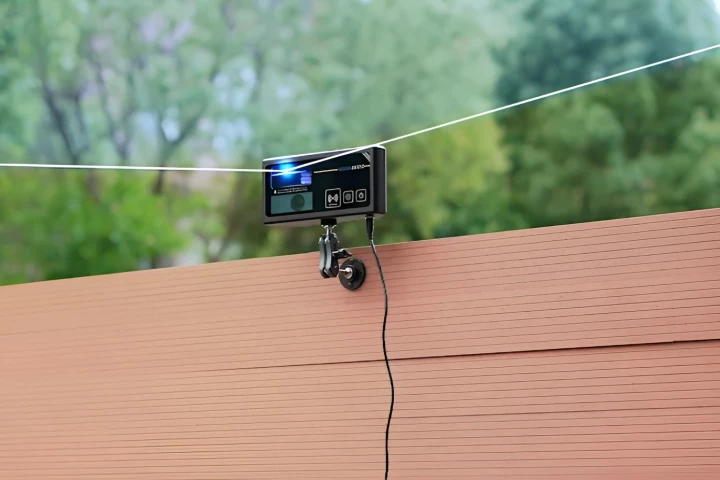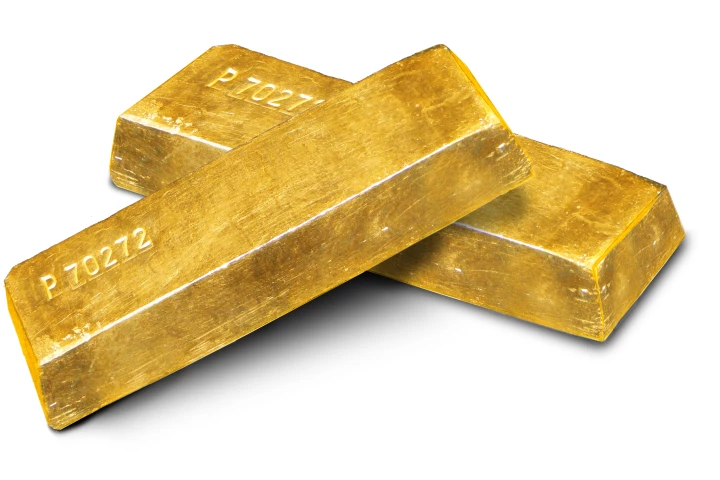It’s always upsetting to hear about whales beaching themselves, and one of the leading theories on the phenomenon suggests that it may sometimes be due to noise pollution in the oceans. Whales navigate and communicate via sound, so it’s entirely possible that human-introduced noises (such as those produced by ships, oil rigs, or naval navigational beacons) could confuse them, and throw them off course – it has even been posited that noises such as military sonar could deafen or kill them. In an effort to better understand the link between ocean noises and whale well-being, researchers from Spain’s Universitat Politècnica de Catalunya (UPC) have developed a first-ever system that identifies undersea sounds – both human and cetacean – in real time.
Underwater microphones known as hydrophones have been used for some time, to listen in on whale song and other underwater sounds and there are numerous marine research institutes around the world that have hydrophones continuously monitoring local waters. Until now, however, the audio files from these instruments had to be loaded onto hard drives and analyzed after the fact, to figure out exactly what had been recorded.
Researchers from the UPC’s Applied Bioacoustics Laboratory have now created algorithms that automatically classify the sounds picked up by hydrophones in real time, to the point of even being able to identify the species of whales present. It’s part of the lab’s Listening to the Deep Ocean Environment (LIDO) program that began in 2007, which continuously monitors 13 hydrophones located on 10 undersea platforms around the world. Scientists or laypeople can now hear live audio from any of those sites on the LIDO website, which displays a color-coded key for identifying the sources of the various sounds.

Using the LIDO system, UPC scientists hope to once and for all ascertain if human noises in a given area are linked to local whale beachings or injuries. If they are, UPC has already suggested the implementation of an alarm system – buoys or underwater robots would detect if whales were approaching high-noise areas, and automatically initiate response protocols to lessen or eliminate those noises.
The development is a timely one, as the EU has ruled that all member states must comply with a set of marine noise pollution measurement guidelines before 2012.




